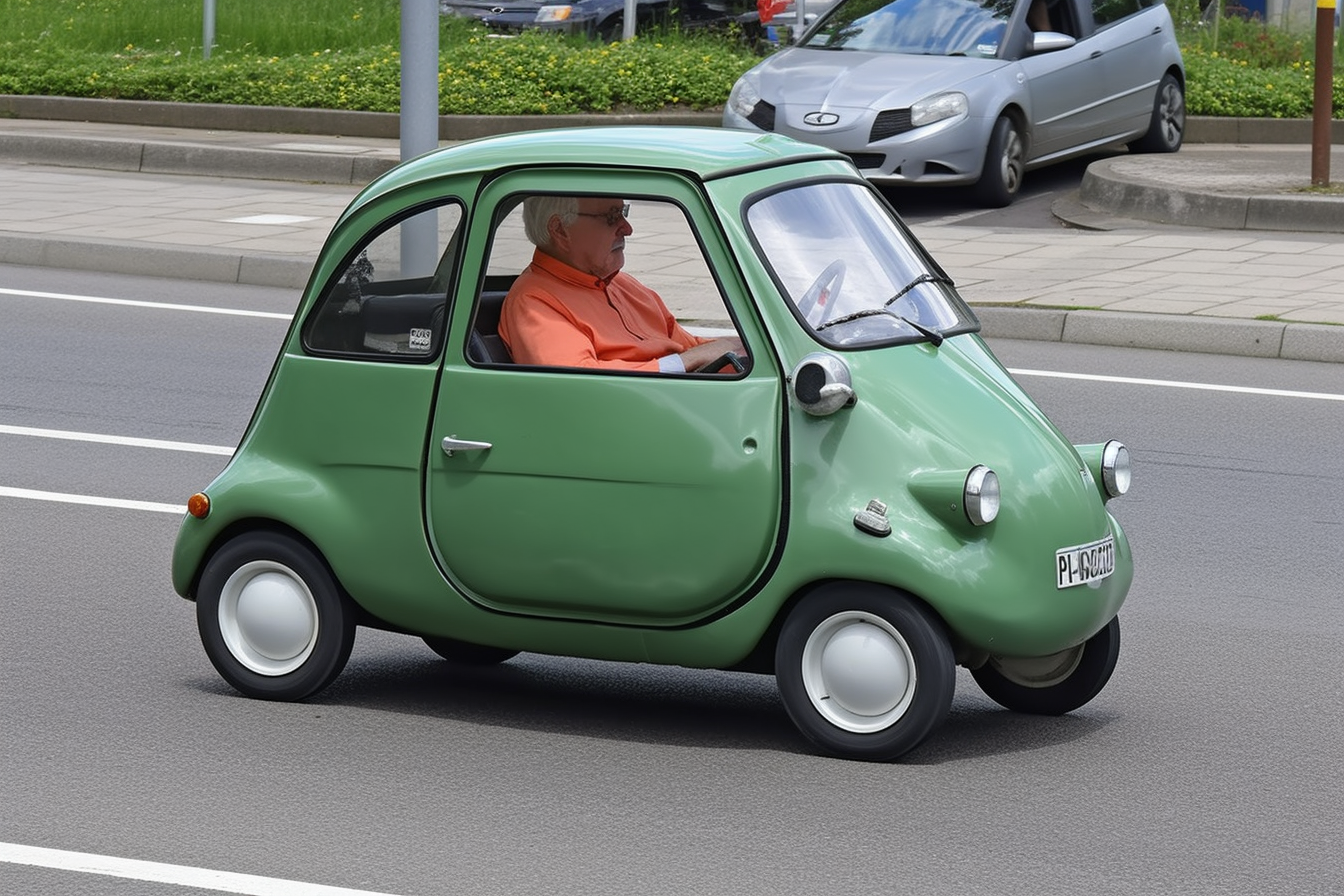Electric Cars for Seniors: Navigating Comfort, Accessibility, and Affordability
Electric vehicles (EVs) are rapidly becoming a practical transportation option for all demographics, including seniors who have unique driving needs and preferences. With technological advancements making EVs more user-friendly and accessible, older drivers can benefit from their simplified maintenance requirements, smooth driving experience, and cost-saving potential. This article explores how electric cars can meet seniors' specific needs, which compact models work best for older drivers, and what factors to consider when selecting an EV that prioritizes comfort, accessibility, and value.

Electric Cars Suited for Seniors’ Needs and Preferences
Electric vehicles offer several advantages that align perfectly with many seniors’ driving requirements. The simplicity of electric powertrains means fewer moving parts to maintain compared to traditional combustion engines. This translates to reduced maintenance visits and lower ongoing costs—a significant benefit for those on fixed incomes. Additionally, electric cars provide instant torque, creating a smoother driving experience without complicated gear shifting, which can be particularly appealing for older drivers dealing with joint stiffness or arthritis.
Many newer electric models feature advanced driver assistance systems (ADAS) like automatic emergency braking, lane-keeping assistance, and adaptive cruise control. These technologies can compensate for age-related changes in reaction time or mobility limitations. Electric vehicles also typically offer a quieter cabin environment, making conversations easier and reducing driver fatigue on longer journeys—both important considerations for senior drivers.
Compact Electric Cars Ideal for Seniors
Compact electric cars offer particular advantages for senior drivers. Their smaller dimensions make them easier to maneuver in tight spaces and urban environments, while their typically lower ride height facilitates easier entry and exit—a crucial factor for those with mobility concerns. Models like the Nissan Leaf, Mini Electric, and Renault Zoe combine practicality with manageable proportions that don’t intimidate drivers who may be transitioning from conventional vehicles.
These compact EVs often provide excellent visibility thanks to large windscreens and strategically positioned pillars. Many feature customizable seating positions with enhanced lumbar support, addressing comfort needs for longer drives. Their simplified dashboards and intuitive controls also reduce cognitive load, allowing senior drivers to focus more attention on the road rather than navigating complex interfaces. The regenerative braking systems in these vehicles can also reduce the need for frequent pedal switching, benefiting those with lower limb mobility issues.
Best Electric Cars for Seniors in 2025
The electric vehicle market in 2025 offers several standout options specifically suited to senior drivers’ needs. The Hyundai Kona Electric combines a slightly elevated seating position with a spacious cabin and straightforward controls, making it particularly accessible. The refreshed Volkswagen ID.3 offers excellent all-around visibility and customizable driver profiles that can store preferred seat and mirror positions—helpful for couples who share driving responsibilities.
For those seeking premium options, the Volvo EX30 emphasizes safety innovations alongside comfort features like orthopedic-designed seats and simplified touch interfaces with larger icons and voice control options. Meanwhile, the redesigned Kia Soul EV offers a distinctive boxy shape that provides excellent headroom and easy access, coupled with a high seating position that many seniors find comfortable for longer drives.
Models like the MG4 EV represent excellent value propositions with their combination of practical range, simplified dashboard layouts, and enhanced accessibility features like wider door openings and adjustable steering columns that can accommodate various mobility needs.
Tips for Choosing the Best Electric Car for Seniors
When selecting an electric car, seniors should prioritize models with certain key features. Easy entry and exit is paramount—look for vehicles with wider door openings, higher seating positions, and optional power-adjustable seats. Test the door handle mechanisms and ensure they don’t require excessive grip strength or dexterity to operate. Visibility is another crucial factor; evaluate the size and placement of pillars, mirror design, and availability of parking sensors or 360-degree camera systems.
Consider the charging infrastructure in your typical driving area. While home charging works for many, some seniors may prefer vehicles compatible with more widespread rapid-charging networks for convenience during longer journeys. Assess the digital interface—many modern EVs rely heavily on touchscreens, which may not be ideal for all older drivers. Look for models offering physical buttons for essential functions or simplified menu structures designed with accessibility in mind.
Range anxiety can be particularly concerning for older drivers. While most modern EVs offer sufficient range for daily driving, consider how the vehicle performs in cold weather (when range typically decreases) and whether the displayed range estimates are reliable and easy to interpret.
Affordable Electric Car Options Tailored for Seniors
Electric vehicles have traditionally carried premium price tags, but the market now includes several budget-friendly options well-suited to seniors’ needs and financial considerations. Models like the Nissan Leaf, MG4, and Fiat 500e represent entry points into electric motoring with lower purchase prices while still offering essential accessibility and comfort features.
| Electric Vehicle Model | Starting Price (Est.) | Key Senior-Friendly Features | Range (WLTP) |
|---|---|---|---|
| MG4 EV | £26,995 | Wide door openings, simplified controls, spacious cabin | 218-281 miles |
| Nissan Leaf | £28,495 | Easy ingress/egress, proven reliability, intuitive interface | 168-239 miles |
| Fiat 500e | £28,195 | Compact dimensions, elevated seating, light steering | 118-199 miles |
| Hyundai Kona Electric | £32,450 | Higher seating position, physical climate controls, good visibility | 189-279 miles |
| Kia Soul EV | £32,795 | Boxy design for easy access, upright seating, simple operation | 171-280 miles |
Prices, rates, or cost estimates mentioned in this article are based on the latest available information but may change over time. Independent research is advised before making financial decisions.
Government incentives can significantly reduce ownership costs for seniors considering electric vehicles. The UK’s Plug-in Car Grant may apply to some models, while Vehicle Excise Duty (road tax) exemptions for zero-emission vehicles represent ongoing savings. Additionally, many local authorities offer reduced or free parking for electric vehicles, and some areas provide discounted home charging point installation for seniors or those with specific accessibility needs.
It’s worth noting that while the initial purchase price may be higher than comparable petrol or diesel models, the total cost of ownership often favors electric vehicles due to lower fueling costs (especially when charging at home) and reduced maintenance requirements—factors particularly valuable for those on fixed retirement incomes.
Electric vehicles represent a promising transportation option for seniors seeking comfortable, accessible, and economical mobility solutions. With careful consideration of entry/exit ease, control simplicity, visibility, and charging practicalities, older drivers can find models that accommodate changing physical needs while providing environmental and financial benefits for years to come.




